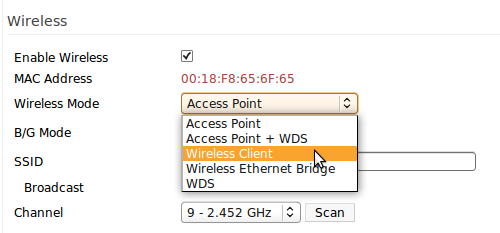Hi all. I just bought an E4200 and was considering purchasing a second one to use as a bridge. The latest version of firmware boasts a "bridge mode", but after asking over on the Cisco forums, I've been told that doesn't really mean that it becomes a wireless bridge.
Can anybody here verify that? What else does bridge mode mean? Why would you use a well defined networking term for a functional capability if you really mean something entirely different???
DD-WRT support for the E4200 seems spotty and doesn't support 5Ghz, so I wanted to stick with the manufacturer's firmware.
Any other advice on creating a wireless bridge that is capable of connecting at 450Mbps?
Can anybody here verify that? What else does bridge mode mean? Why would you use a well defined networking term for a functional capability if you really mean something entirely different???
DD-WRT support for the E4200 seems spotty and doesn't support 5Ghz, so I wanted to stick with the manufacturer's firmware.
Any other advice on creating a wireless bridge that is capable of connecting at 450Mbps?


